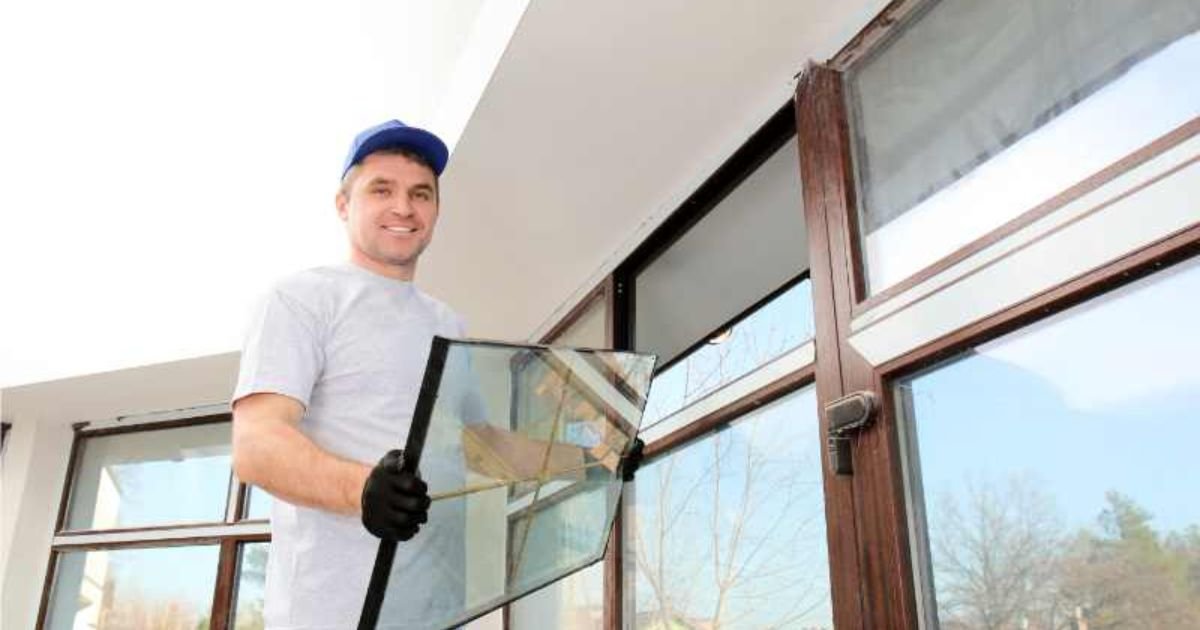When it comes to improving your home’s energy efficiency, one of the most effective steps you can take is replacing your window glass. Over time, windows can lose their insulating properties, leading to higher energy bills and reduced comfort in your home. Whether you’re renovating or replacing old windows, choosing the right glass for insulation and energy efficiency can make a significant difference. This article explores how window glass replacement can enhance insulation and improve energy efficiency, and the factors you should consider when selecting new glass.
If you’re in Sydney and considering window glass replacement, choosing the right type of glass for your windows can help you make the most of your energy-saving potential. Glass replacement Sydney services offer a variety of options, from standard double-glazed windows to more advanced technologies like Low-E coatings and gas-filled glass, all of which can greatly improve your home’s insulation and efficiency.
Understanding the Importance of Window Insulation
Windows are a key part of any home’s envelope, and their condition directly affects how efficiently your home retains heat in the winter and stays cool in the summer. Poorly insulated windows can lead to drafts, temperature fluctuations, and a higher demand on your heating and cooling systems. In fact, studies show that windows can account for up to 25-30% of heating and cooling energy use in a typical home.
The good news is that replacing old or inefficient windows with modern, energy-efficient glass can significantly reduce your home’s energy consumption. New glass technologies have evolved to offer much better insulation, which helps maintain your home’s internal temperature and reduce energy costs.
Types of Window Glass for Energy Efficiency
Not all glass is created equal when it comes to energy efficiency. There are several different types of glass that offer varying degrees of insulation, and understanding them is crucial to choosing the right option for your needs.
Double-Glazed Glass (Double-Pane Glass)
Double-glazed windows consist of two panes of glass with a layer of air or gas (like argon or krypton) between them. This gap acts as an insulator, reducing heat transfer between the inside of your home and the outdoors. Double-glazed windows are highly effective at improving insulation and reducing energy loss. These windows are typically 18-24% more efficient than single-pane windows.
Triple-Glazed Glass (Triple-Pane Glass)
Triple-glazed windows take insulation one step further by adding a third pane of glass and an additional layer of gas between the panes. This additional layer of glass provides even better insulation and is ideal for regions with extreme temperatures. Triple-glazed windows can be up to 40% more efficient than single-pane windows, although they are typically more expensive than double-glazed options.
Low-E Glass (Low-Emissivity Glass)
Low-E glass is coated with a thin layer of metal oxide that reflects heat, allowing sunlight to enter without transferring heat indoors during summer or letting heat escape in the winter. This coating helps maintain a consistent temperature inside the home by reducing the amount of heat lost through the glass. Low-E windows are highly energy-efficient and can also reduce harmful UV rays, protecting your furnishings and flooring from sun damage.
Gas-Filled Glass
Gas-filled glass windows use inert gases like argon, krypton, or xenon between the panes of glass to improve insulation. These gases have a lower thermal conductivity than air, which further enhances the window’s insulating properties. Gas-filled windows are commonly used in both double-glazed and triple-glazed windows to improve their energy efficiency and thermal performance.
Tempered and Laminated Glass
While not specifically designed for energy efficiency, tempered and laminated glass can improve window durability, safety, and performance. Laminated glass, for example, uses a layer of plastic between two panes of glass, which can provide additional insulation. Tempered glass is stronger and safer, though not as efficient for insulation as double or triple-glazed options. However, in combination with other glass options, these can help contribute to overall energy performance.
How Window Glass Replacement Improves Insulation
Replacing your old windows with new energy-efficient glass significantly boosts insulation in several ways:
Improved Temperature Regulation
Modern window glass, particularly double and triple-glazed options. Creates a barrier between the interior of your home and the outdoor environment. This barrier helps keep the temperature inside your home more consistent, whether it’s hot or cold outside. In the winter, these windows trap heat inside, reducing the need for heating systems to run constantly. In the summer, they prevent hot air from seeping in, keeping your home cooler and reducing the need for air-conditioning.
Reduced Drafts and Condensation
Old windows often allow drafts and cold air to seep through, creating discomfort and uneven temperatures in your home. Double and triple-glazed windows, with their insulating layers, prevent this issue, offering a more comfortable living space. They also help reduce condensation, which can form on windows due to temperature differences between indoor and outdoor environments. Less condensation reduces the chances of mold and mildew buildup around your windows.
Reduced Energy Bills
By improving your home’s insulation, energy-efficient windows lower your reliance on heating and cooling systems. This leads to significant savings on your energy bills. The upfront cost of window glass replacement may be higher than sticking with old windows. But the long-term savings on energy costs make it a smart investment.
Increased Home Comfort
Windows are a major contributor to how comfortable your home feels. When your windows are poorly insulated, you might notice uncomfortable hot or cold spots in certain areas of the house. With new, energy-efficient window glass, your home’s temperature will remain more consistent, creating a more comfortable environment year-round.
Additional Benefits of Window Glass Replacement
Beyond improving insulation and energy efficiency, replacing your windows with modern glass offers several other benefits:
- Noise Reduction: Energy-efficient windows, particularly those with multiple panes of glass, are excellent at reducing external noise, such as traffic, rain, or neighborhood sounds. This is especially beneficial if you live in a busy area or near sources of noise pollution.
- UV Protection: Many energy-efficient windows are coated with a low-emissivity (Low-E) layer that helps block harmful ultraviolet (UV) rays. This prevents UV damage to your furniture, carpets, and flooring, helping to preserve their color and extend their lifespan.
Conclusion
Window glass replacement is one of the most effective ways to enhance the insulation and energy efficiency of your home. By upgrading to double or triple-glazed windows with Low-E coatings and gas filling, you can significantly reduce energy consumption, lower your utility bills, and increase your home’s overall comfort. With various options available, from noise reduction to UV protection, the benefits of replacing old windows are clear. Investing in modern, energy-efficient glass will not only save you money but also contribute to a more sustainable, environmentally friendly home. If you live in Perth, opting for professional glass replacement Perth services can make the process easier and more effective.














